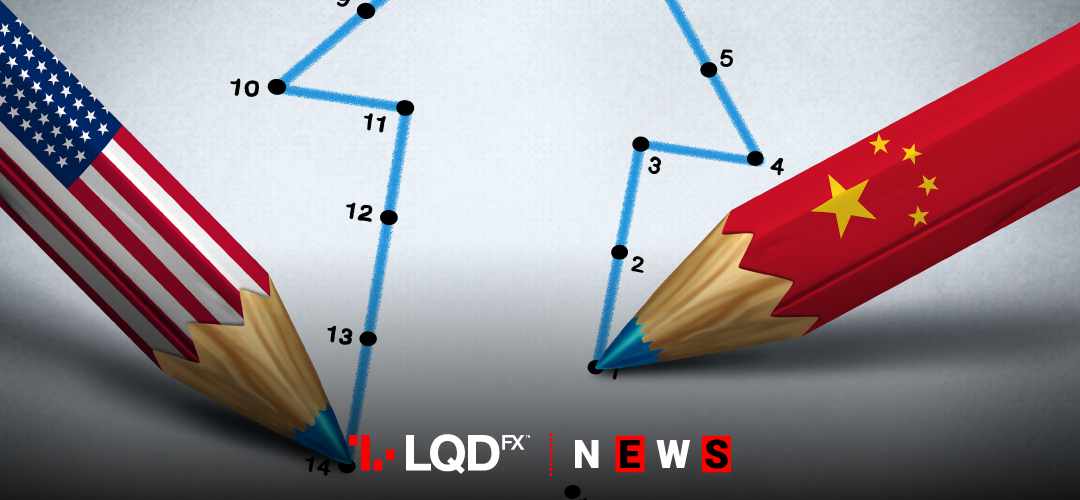While the Trade deal signing will put an end to months of tit-for-tat tariff war between the world’s two biggest economies, investors remain cautious.
Still, some investors don’t think the signing of the agreement will be the beginning of the end of this long-standing trade dispute. The question is if the trade agreement marks a small first step toward ending a trade dispute which caused a lot of damage to the world economy.
The initial trade deal aims to vastly increase Chinese purchases of U.S. manufactured products, agricultural goods, energy and services. The main issue of the deal is a pledge by China to purchase an additional $200 billion worth of U.S. goods over two years to cut a bilateral U.S. trade deficit that peaked at $420 billion in 2018.
U.S. Treasury Secretary Steven Mnuchin said existing tariffs on Chinese goods would stay, pending further talks. He added that some technology and cybersecurity issues would be resolved in the next chapter of a deal – a Phase 2 Deal.
U.S. President Donald Trump is slated to sign the Phase 1 trade agreement with Chinese Vice Premier Liu He at the White House at 1630 GMT. They will sign the 86-page document before over 200 invited guests from business, government and diplomatic circles.
Trump has already begun touting the trade deal as a centerpiece of his 2020 re-election campaign. However, the ceremony comes just as the U.S. Senate prepares to begin its impeachment trial of Trump.
Forex – Investors cautious about the Trade deal signing
Talks between EU and U.S. trade representatives in Washington this week are also a point of focus.
The euro’s rise dragged the dollar lower with the greenback slipping 0.1% to 97.28. Against a basket of currencies the U.S. dollar held at 97.339.
Τhe trade-reliant Australian dollar slipped 0.3% against the US dollar. Τhe New Zealand dollar – the kiwi – was a fraction weaker at $0.6612.
The safe-haven yen held nearly 0.1% firmer at 109.88. and riskier Asian currencies softened a little.
Swiss franc reversed most of its earlier gains against the euro with the currency trading flat at 1.0764 francs per euro. The franc had hit its strongest level against the euro in almost three years on Tuesday after the United States added Switzerland to its watchlist of currency manipulators.
While major currencies spent most of the early London session pinned in tiny ranges, the euro edged 0.2% higher at $1.1148, its highest level since Jan. 9.
- Investors were also focused on the British pound which is down almost 2% this month versus the dollar. The pound fell on Wednesday after data showed UK inflation rose at its weakest rate in three years.
The pound fell as much as 0.25% against the U.S. dollar to $1.2985 following the inflation release and was last at $1.2997. It fell similarly against the euro to 85.68 pence.
- Oil prices slipped on concerns that the Phase 1 trade deal may not boost demand as the United States intends to keep tariffs on Chinese goods until a second phase.
Brent crude was down 8 cents at $64.41 per barrel by 1257 GMT. U.S. West Texas Intermediate crude futures were down 3 cents at $58.21 a barrel.
PLEASE NOTE The information above is not investment advice.
Sources: Reuters, Investing, CNN money
